-

People always confused about how to describe steel pipe dimensions (sizes) in correct ways, or how to clarify to seller what exactly pipe size we are going to purchase. In case any misunderstandings or a different size we purchased, that will be a big trouble.
-

ASTM A335 pipe (with Grade P9, P11, P22, P91 pipes) has been widely used in different industries for high temperature, high pressure services. According to market data, it is one of the most consumption alloy pipes in boiler industry, heat exchanger, power station, high and super high pressure vessels.
-
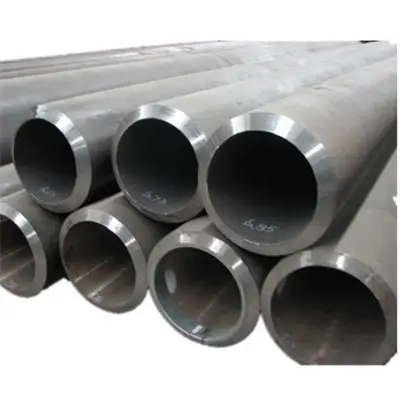
People always confused about how to describe steel pipe dimensions (sizes) in correct ways, or how to clarify to seller what exactly pipe size we are going to purchase. In case any misunderstandings or a different size we purchased, that will be a big trouble.
-
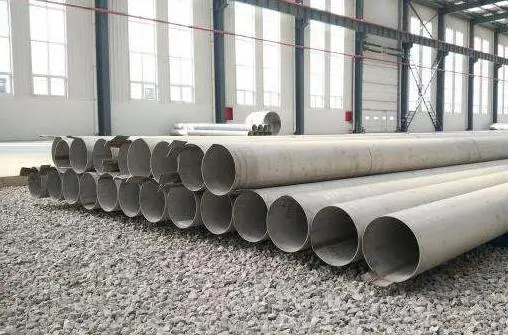
The alloy steel pipe is specified by the AISI four digit number. They contain different types of steel, and their composition exceeds B, C, Mn, Mo, Ni, Si, Cr and Va limits set for carbon steel.
-

The wear-resistant pipeline system is widely used in coal-fired power plants for various purposes, including transporting coal slurry to a nearby sedimentation tank, transferring limestone slurry to a absorber spray tower to remove sulphur dioxide (SO2) and hydrogen from flue gas (HCl) and calcium sulphate byproducts for the flue gas desulfurization process.
After analysis and research, it is considered that the main factors affecting the failure of drill stem wear ring are the abrasiveness of the stratum, the choice of high abrasive and the technology of volatilization.
-
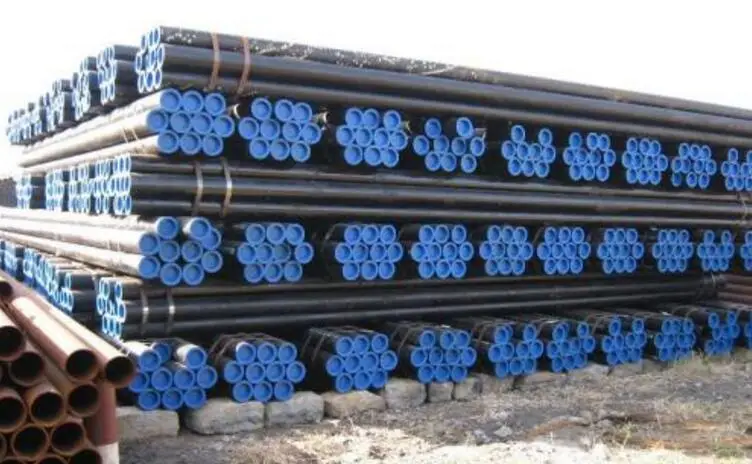
Seamless pipes are widely used in nuclear devices, natural gas, petrochemical, shipbuilding and boiler industries. Seamless pipe occupies 65% of the market share of China's boiler industry.
Main customers in the international market: Alston, bucke, SIEMENS Austria, Brazil petroleum, Dou Shan heavy industries, Hyundai, Essar, BHEL..
-

A standard pipe bevel angle for welding is 37.5 degrees. Other angles and special forms such as J-Bevels can also be produced on the ends of pipe or tube using automatic beveling machines.
-
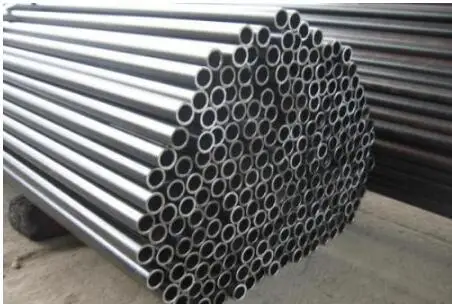
Standards: ASTM A192 (ASME SA192)
Applications: Heat exchangers, condensers, heat transfer equipment, similar pipes and as superheater tubes for high pressure settings.
Sizes: O.D.: 28-168; W.T.: 2-30; L: max 12000
-

ASTM A672 standard specification for electric fusion welded steel pipe for high pressure service at moderate temperatures.
-
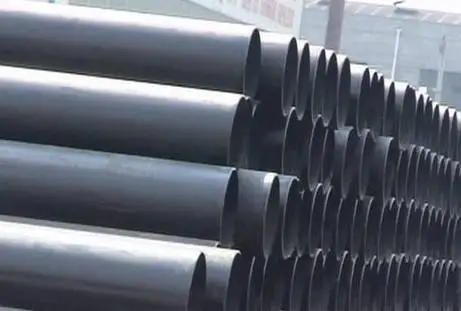
ASTM A333 standard specification for seamless and welded steel pipe for low-temperature service and other applications with required notch toughness.
This specification covers wall seamless and welded carbon and alloy steel pipe intended for use at low temperatures. The pipe shall be made by the seamless or welding process with the addition of no filler metal in the welding operation.
Chemical Requirements of ASTM A333
-

ASTM A252 standard specification for welded steel pipe piles.
This specification covers nominal wall cylindrical steel pipe piles in which the steel cylinder acts as a permanent load-carrying member or as a shell to form cast-in-place concrete piles. Each welded pile shall be made by seamless, electric resistance welding, flash welding or fusion welding with longitudinal, helical-butt, or helical-lap seams.
-
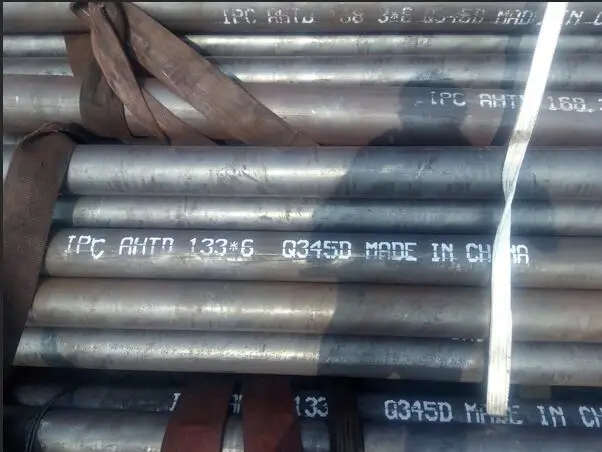
Equivalent material:
35crmo4 under Italy standard.
34crmo4 under NBN standard
2234 under Sweden standard
SCM432/SCRRM3 under JIS standard
-
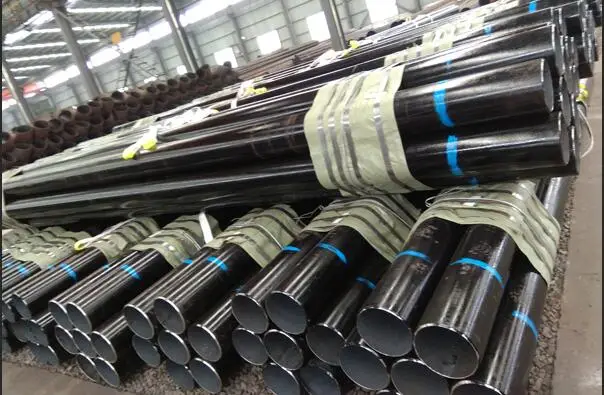
SCM420 alloy steel pipe harden ability is higher, no temper brittleness, weld ability is quite good, form the cold cracking tendency is small, can be good mability and cold plastic strain.
Characteristics and application:
SCM420 seamless pipe in conditioning or carburizing and quenching condition, used in the manufacture of the corrosive medium and working temperature below 250 ℃, the medium containing hydrogen nitrogen mixture work of high pressure pipe and all kinds of fasteners, the more senior carburized parts, such as gear, shaft, etc.
-

JIS G 4053 SNCM 439 Seamless Steel Pipes
Standard : JIS G 4053
Equivalent material: 40CrNiMoA , 4340 , 817M40 ,816M40
Delivery condition : By heat treatment (normalizing, annealing and high temperature tempering) or heat treatment state delivery, delivery status should be indicated in the contract
-

ASTM A135 is for electric-resistance-welded steel pipe intended for conveying gas, vapor, water or other liquid.
-

API 5L Standard aims to gas and water in oil and gas industry for reference, which is used for seamless steel pipe and welded steel pipe,including common port and port, pipe socket port and direct stream tube (TFL) and port has for a particular connection tube processing.
API 5L Standard is including steel grade(GR.B,X42 ,X46,52,X56,X60,X65,X70).
-

Equivalent material:
SCM440 under JIS Standard.
42CrMo4 under DIN standard
708M40/708A42/709M40 under BS standard
42CrMo under GB Standard
4140 seamless tube chemical composition and mechanical properties
-

Equivalent material:
35crmo4 under Italy standard.
34crmo4 under NBN standard
2234 under Sweden standard
SCM432/SCRRM3 under JIS standard
-

Square tubes (SHS steel) are structural tubing with a square cross-section. They are typically produced by bending steel strips or plates into shape and then welding the seam. Seamless square tubes are also available, manufactured through cold-drawing or hot-rolling processes for higher strength and uniformity. Thanks to their symmetrical geometry and excellent load-bearing capability, square tubes are widely used in applications that require strong support or frame structures.This article will briefly introduce how to bend a square tube.
-
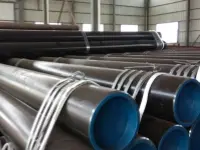
SCH 40 and SCH 40S are commonly used pipe schedules in construction, petrochemical, pharmaceutical, and general industrial applications. While they appear similar, they differ in material suitability, standards, and performance.
-
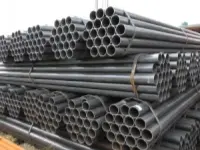
In the world of industrial construction and pipeline systems, choosing the right pipe diameter is critical for safety, stability, and efficiency. Among various specifications, DN219 steel pipe stands out for its balance between strength, size, and adaptability, making it a preferred choice across construction, energy, and manufacturing sectors.




















